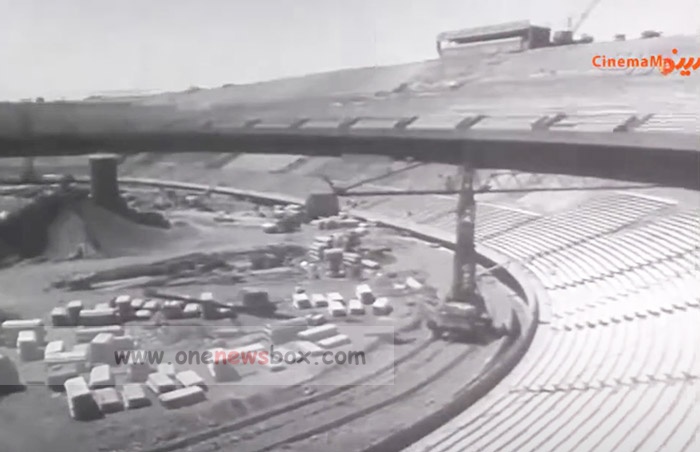ehran’s Azadi Stadium, largest and most iconic sports venue, has seen several significant transformations over the years. With a capacity to hold over 78,000 spectators, this stadium has not only hosted some of the most important football matches in sports history but has also been the site of political and cultural events. Initially constructed as Aryamehr Stadium for the 1974 Asian Games, it was renamed Azadi Stadium after the Islamic Revolution in 1979. However, despite its historical significance and prominence, Azadi Stadium has faced considerable challenges over the years, including aging infrastructure, safety concerns, and inadequate facilities.
Between 2018 and 2020, substantial efforts were made to renovate and modernize the stadium. This period was crucial for bringing the stadium closer to meeting international standards, particularly in the run-up to important international matches like the 2018 AFC Champions League final. The manager of Azadi Stadium, Farhad Nikokhsal, played a pivotal role in overseeing many of these renovations, which were aimed at enhancing the safety, comfort, and overall experience for spectators. However, despite these improvements, the stadium also faced significant challenges, including issues related to its surroundings, which had become a dumping ground for waste.
The 2018 Renovation Efforts: Modernizing Azadi Stadium
In 2018, a series of much-needed renovations were undertaken at Azadi Stadium, largely spearheaded by Farhad Nikokhsal. The primary focus of the renovation was to upgrade various sections of the stadium to meet international standards set by organizations such as the Asian Football Confederation (AFC) and FIFA.

